Sustainability must be a matter of professional ethics
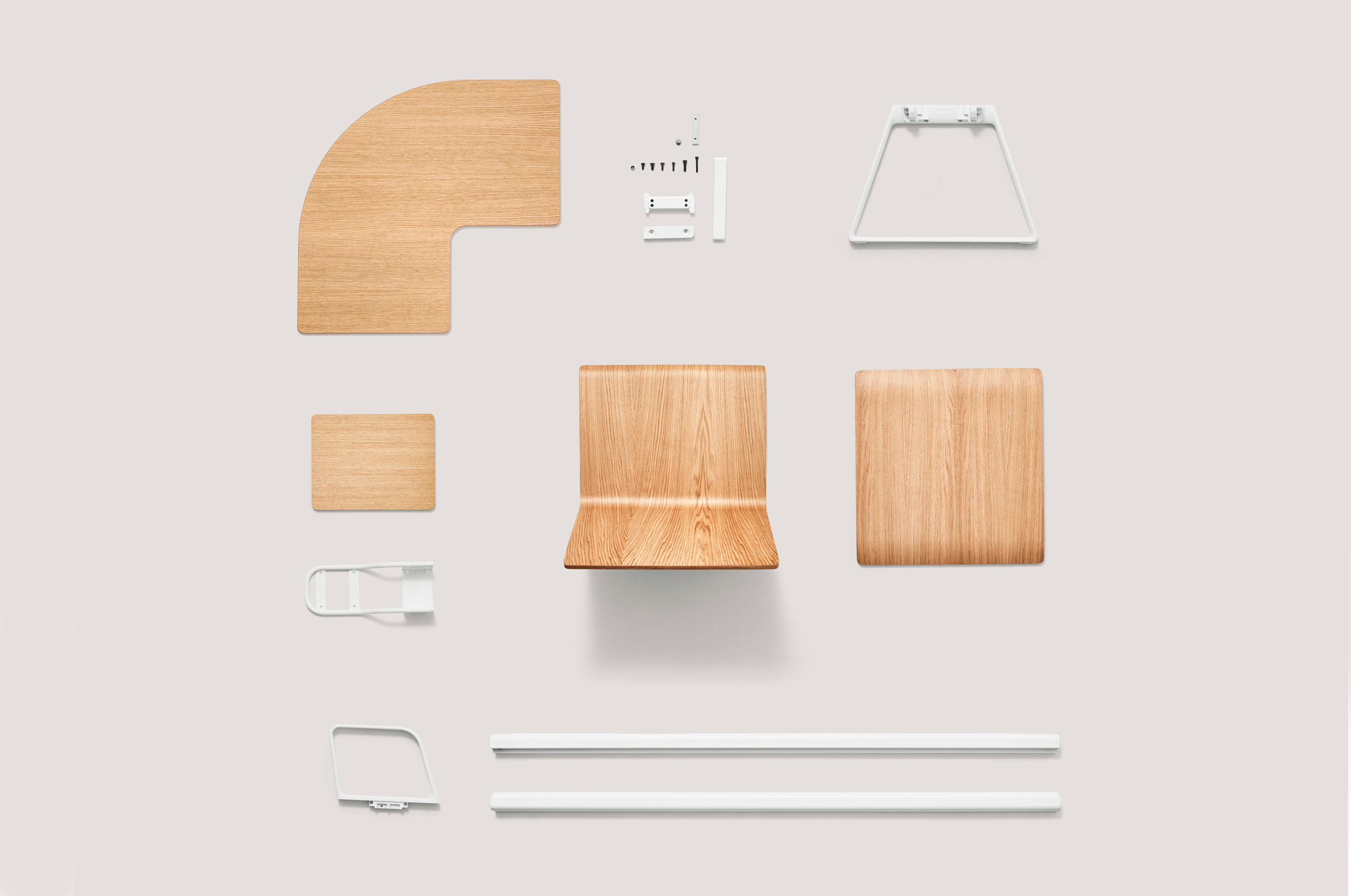
It seems obvious, in the 21st century, to talk about the importance of product design in slowing down the climate crisis and caring for the planet. In a world where products appear and disappear by the millions every second, for industrial designers – responsible for creating new products all the time – sustainability must be a matter of professional ethics. We have a great responsibility and must spearhead industrial change. Professional ethic means considering the environmental impact of our designs at all times, minimizing environmental damage and using materials with little or no environmental impact.
And most importantly: to educate and raise awareness among our clients about the importance of having a sustainable approach that is committed to a new way of doing things: much more respectful with temporality, with the long term, with the replacement of parts, with the use of recycled or recyclable materials and with a manufacture that looks for zero-kilometer and responsible consumption.
We would like to tell you about issues that are essential in our projects and that represent a way of understanding industrial design as a tool to provide added value and respect for the planet in everything we do.
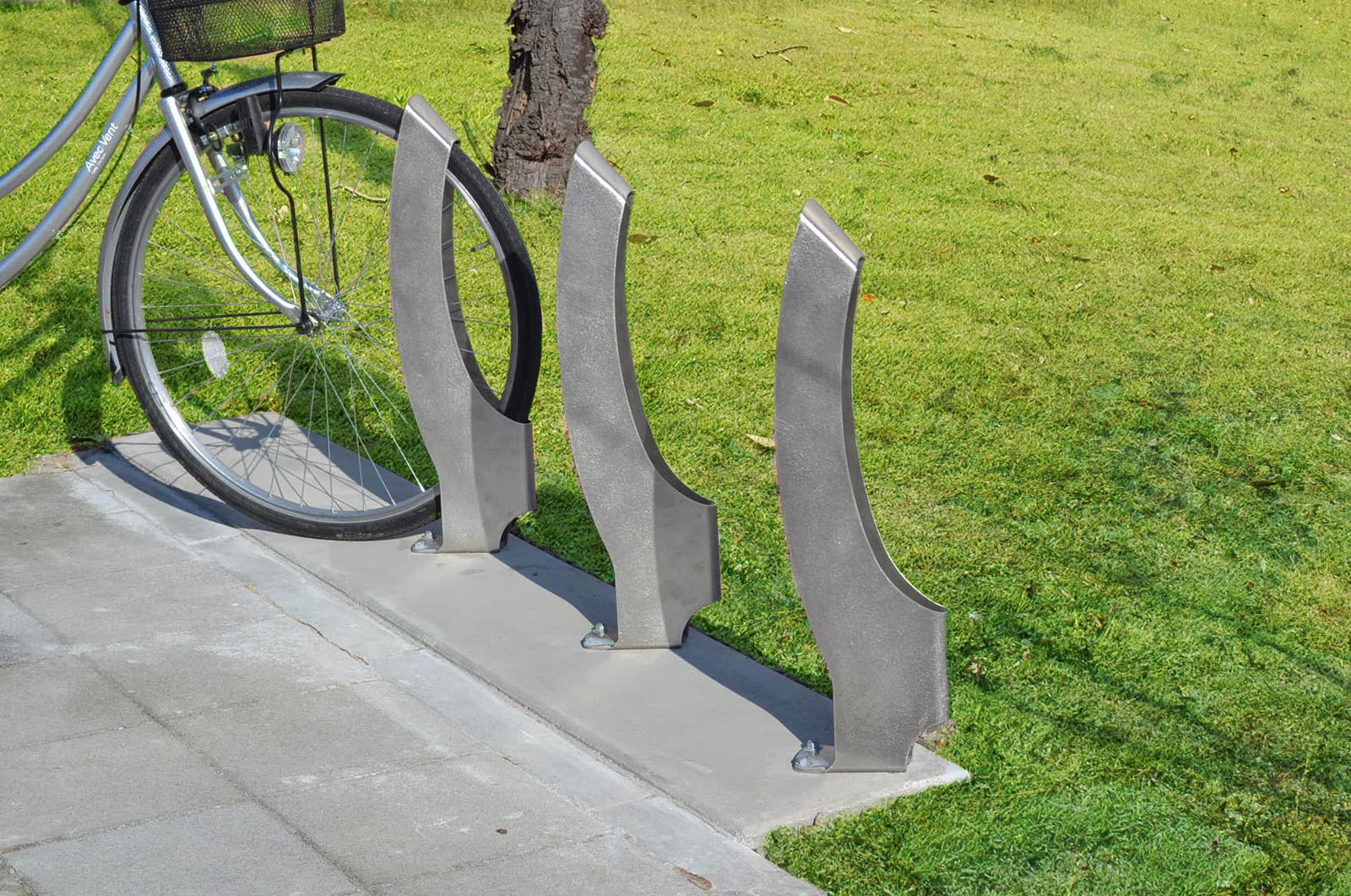
1. Shift companies’ focus towards sustainable transformation projects. We provide advisory services to companies around the world, playing a key role in the decisions they make every day about the products they bring to market. From the earliest stage of strategic definition, we work with them on this new approach to help them understand the benefits of this necessary transformation, which goes beyond quantifying business returns. We want them to achieve a sustainable future based on new purposes and, to this end, we provide solutions and lead the way.
2. Always prioritize the use of recycled, recyclable and environmentally sustainable materials. One example is the Lin bench by Inclass. The main materials are wood and aluminium, both of which are easy to recycle to give them a second life. In addition, they are light, strong and require minimal maintenance.
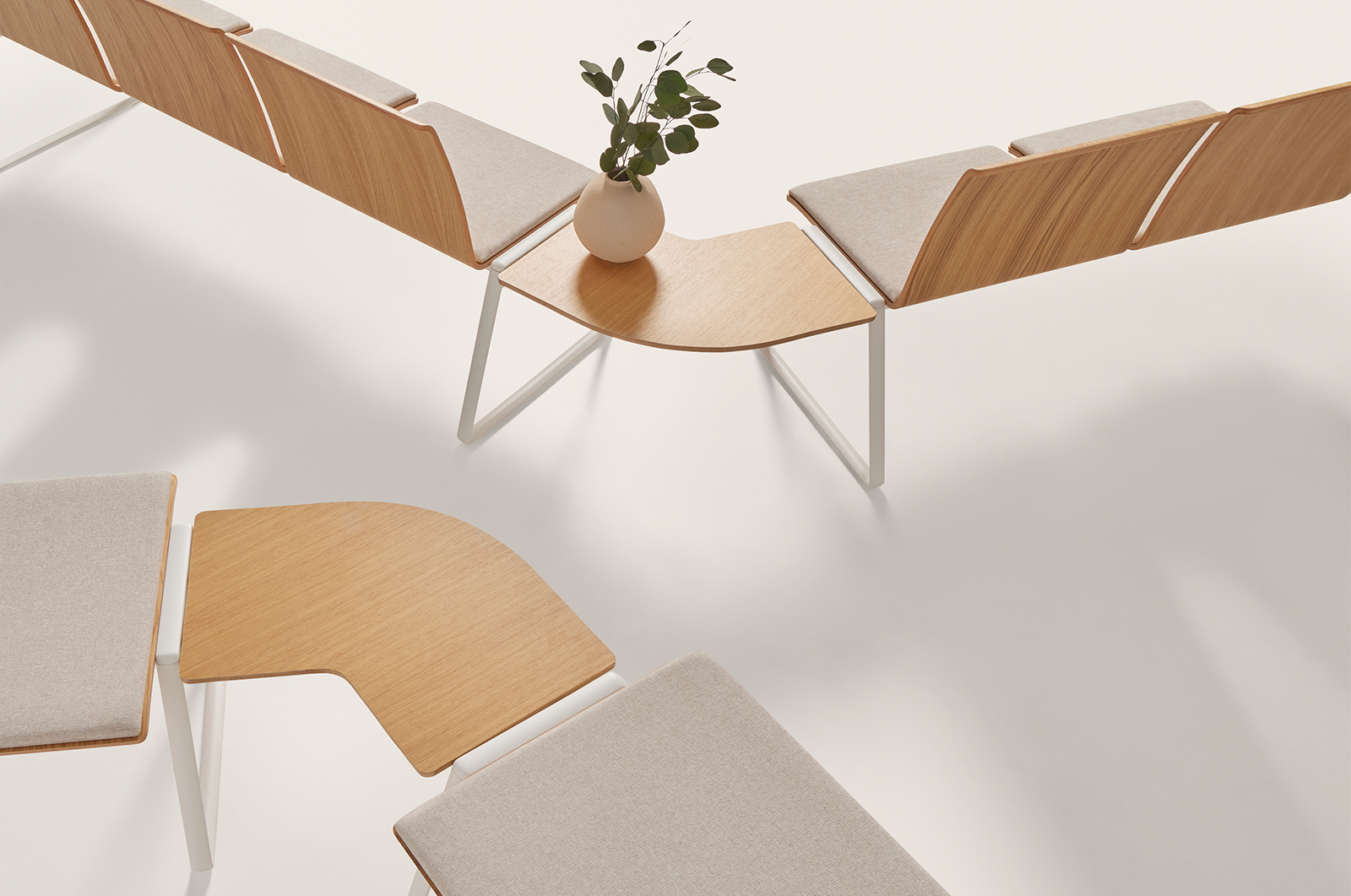
3. Manufacture with post-consumer recycled materials. Increasingly, if we are to create new products, we have to do so with waste from the market that can be reused. In this sense, many brands are beginning to work in this line of business, such as OMP Group with the KLC chair, which has ‘Plastic Second Life’ certification.
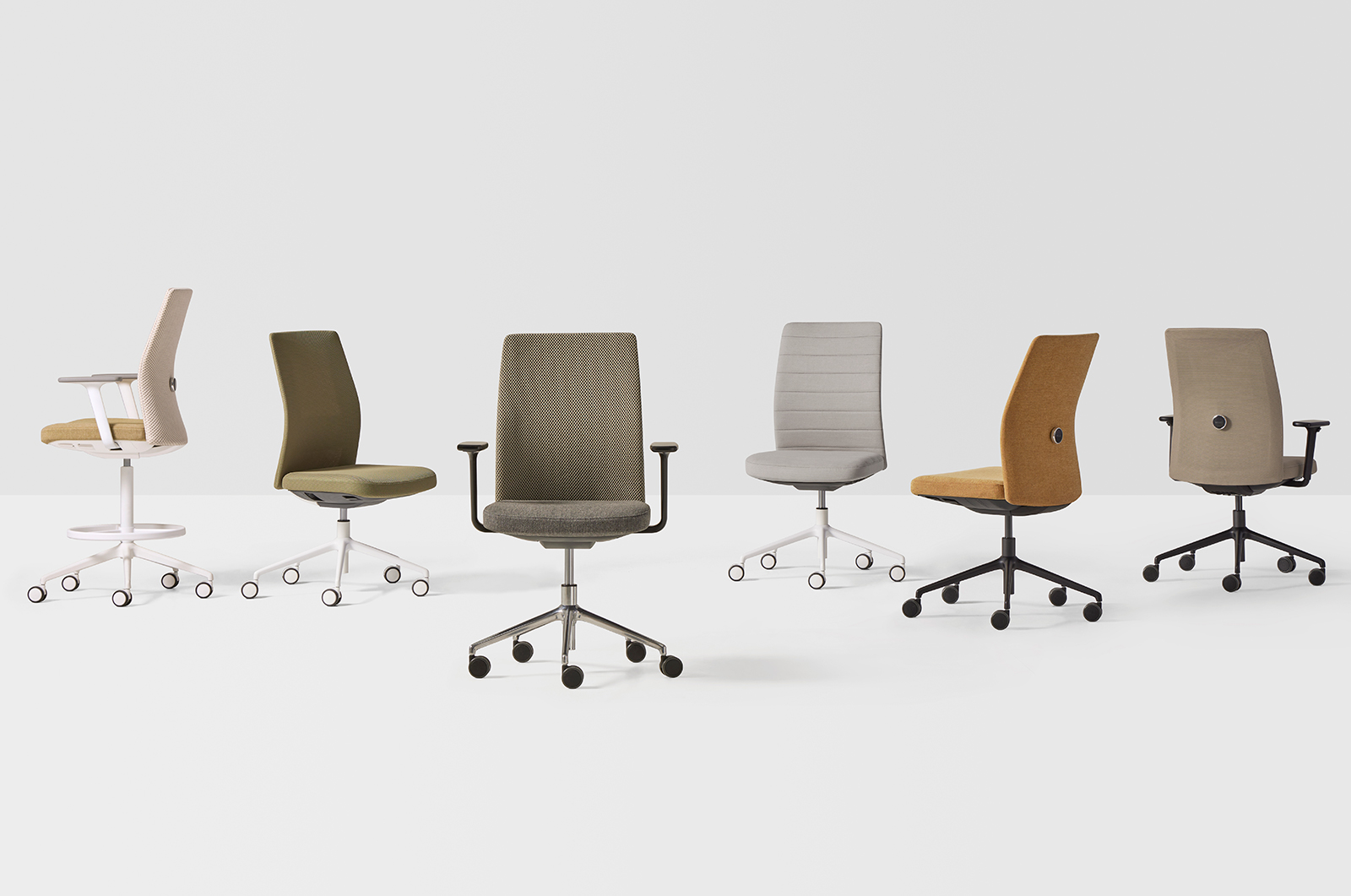
4. Minimize the number of components and maximize the number of interchangeable parts. This is key to ensure the durability of the product and that its maintenance and future repair are simple. It is essential to ensure that all parts are easily removable and replaceable, and that the piece has a timeless aesthetic, far removed from short-term trends and with a focus on durability. An example of this is the Esitt chair by Inclass, a product of welcoming aesthetics and great comfort, with advanced ergonomic performance. Each individual part is easily replaceable.
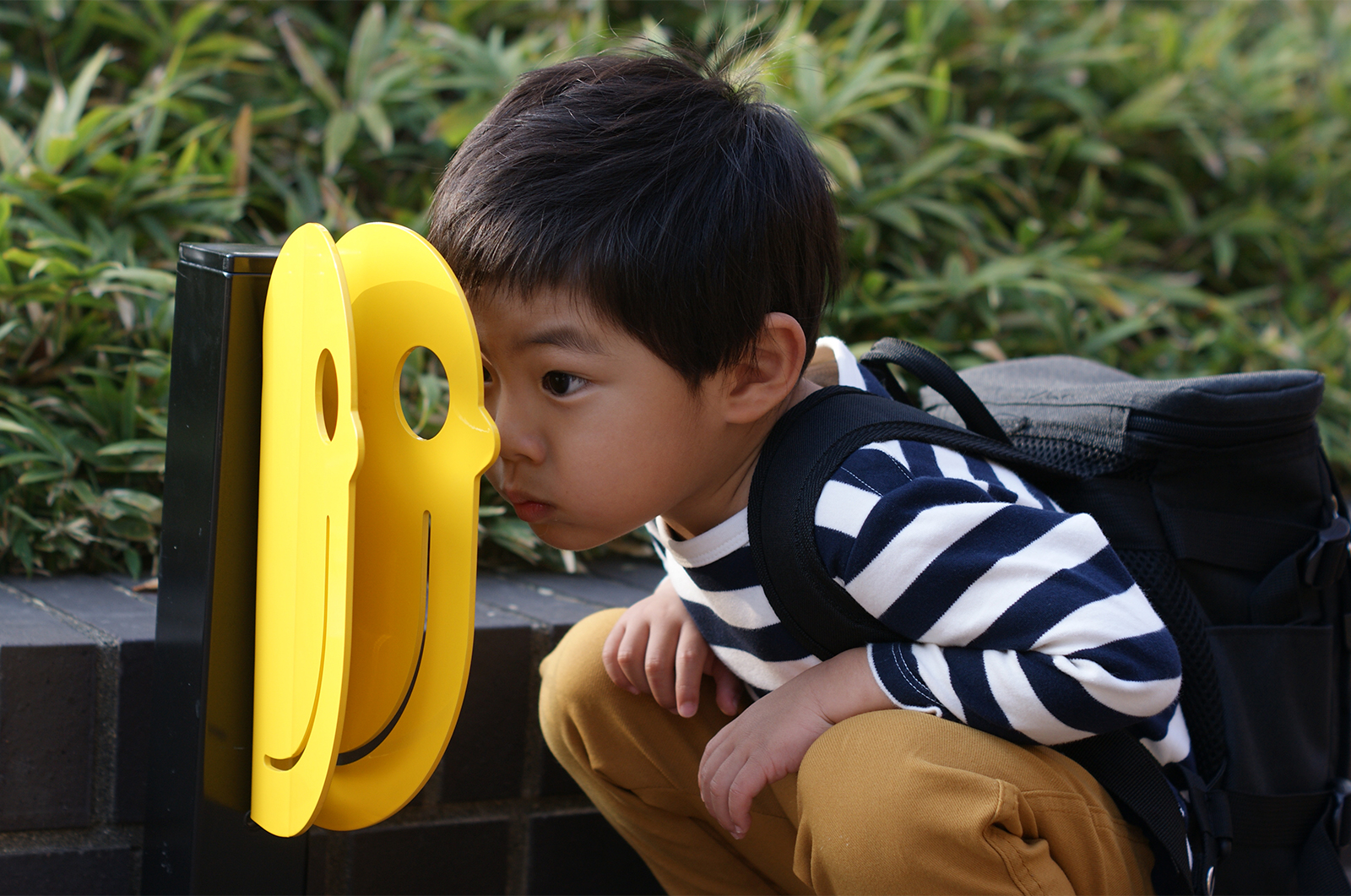
5. Optimize the production process to make it as clean as possible, allowing the separation and recycling of all surplus materials. An example of this is the relationship that Alegre Design maintains with Katzden Architect, a Japanese company with more than a century of history, specializing in metal processing. With our advice, project by project they have updated their machinery and industrial processes which are now more efficient and sustainable. Some of these products are Cesta, D-NA and Pablo.
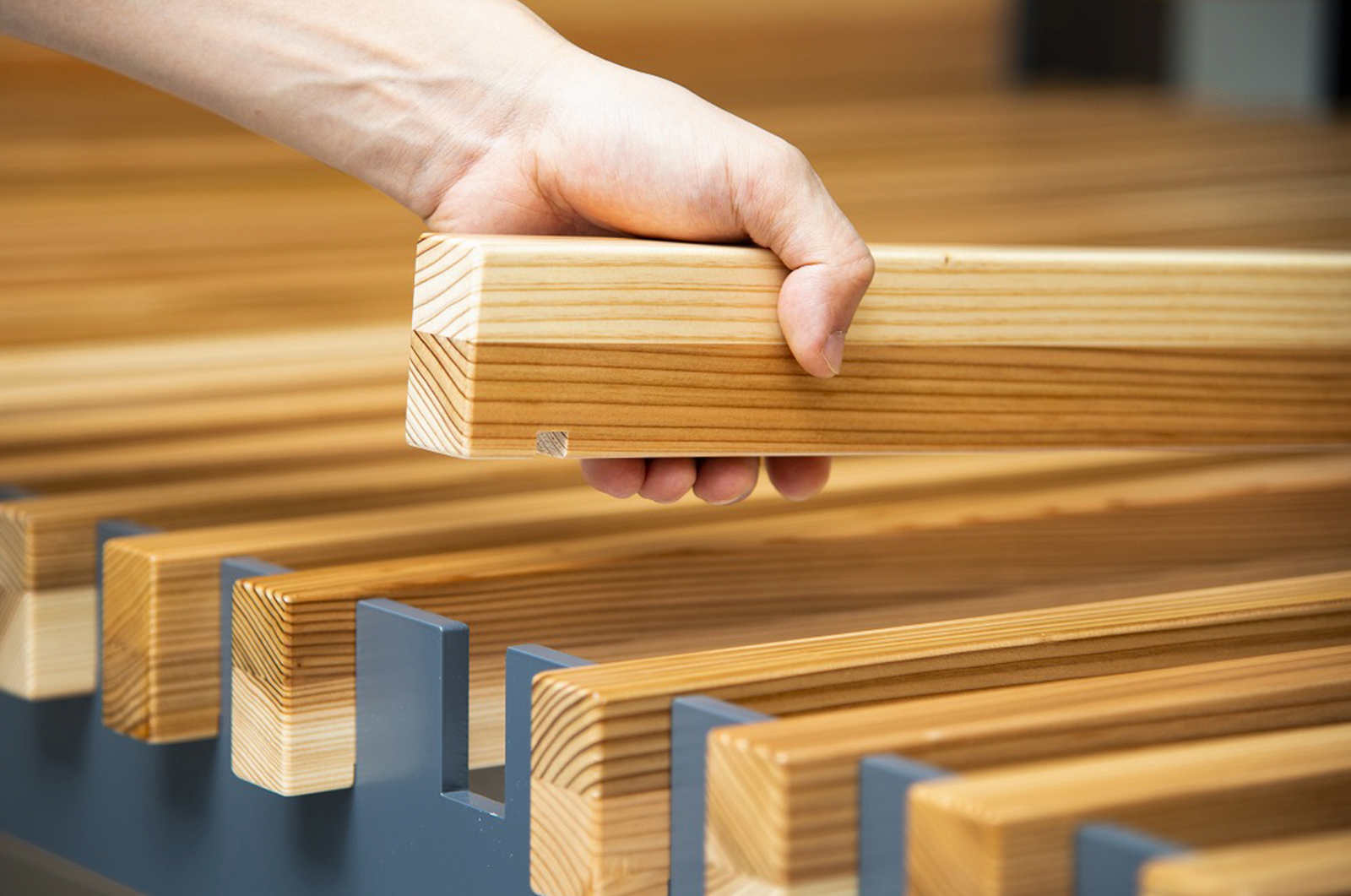
6. Eliminate, from the initial concept stage, the use of materials that may contain chemicals that are hazardous or harmful to people and the planet. One such example is Katzden Architect’s KastomBed. A bed created from steel and cedar wood that is based on the principles of eco-design: natural and local materials, minimalist elements, durability and simplified transport and assembly.
We are committed to these principles in all our projects and believe that sustainable design is not just an option but a necessity.
We invite you to contact us to collaborate on the sustainable projects of the future. Together, we can lead the way towards a more responsible and ethical approach to industrial design.

